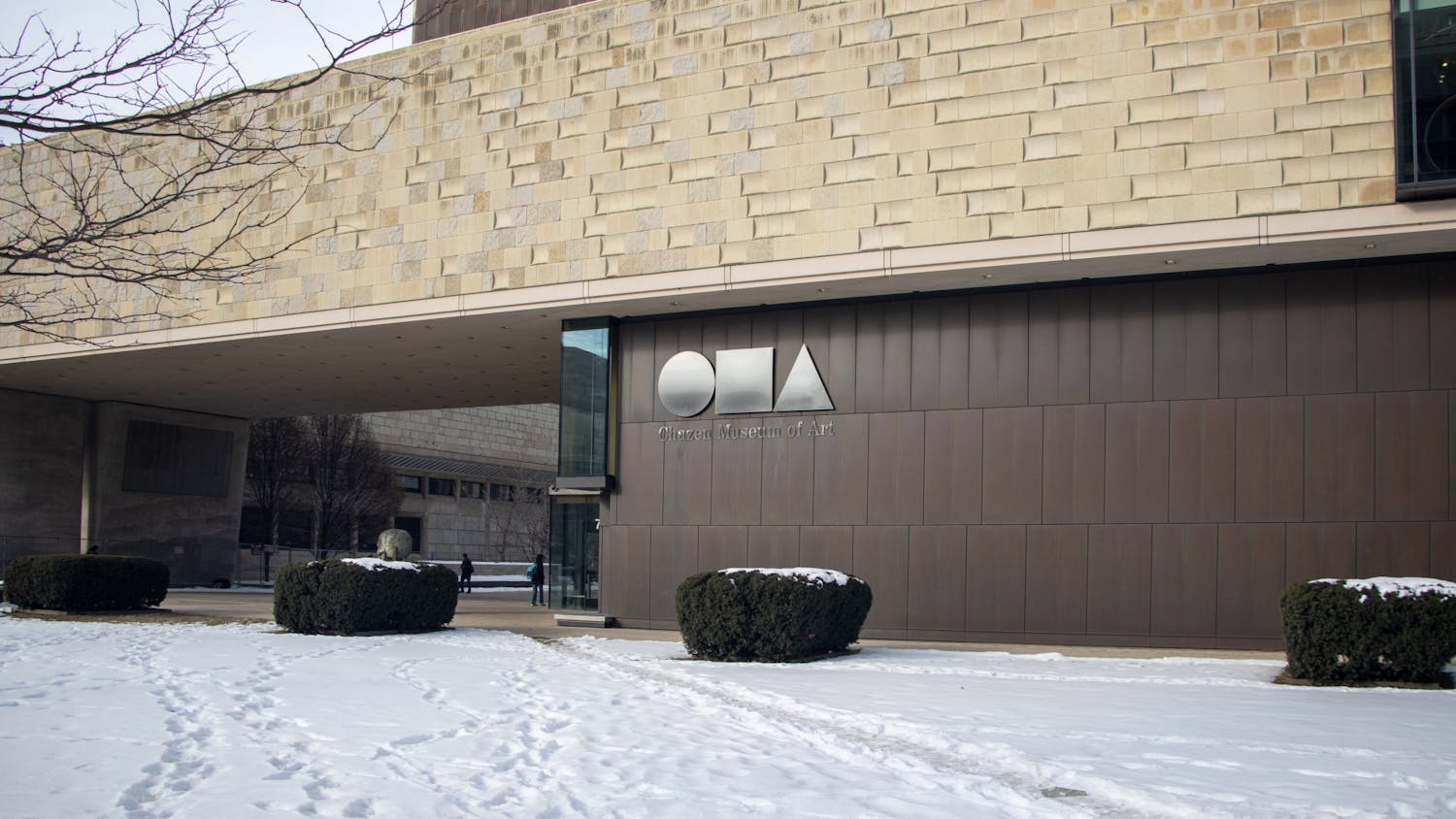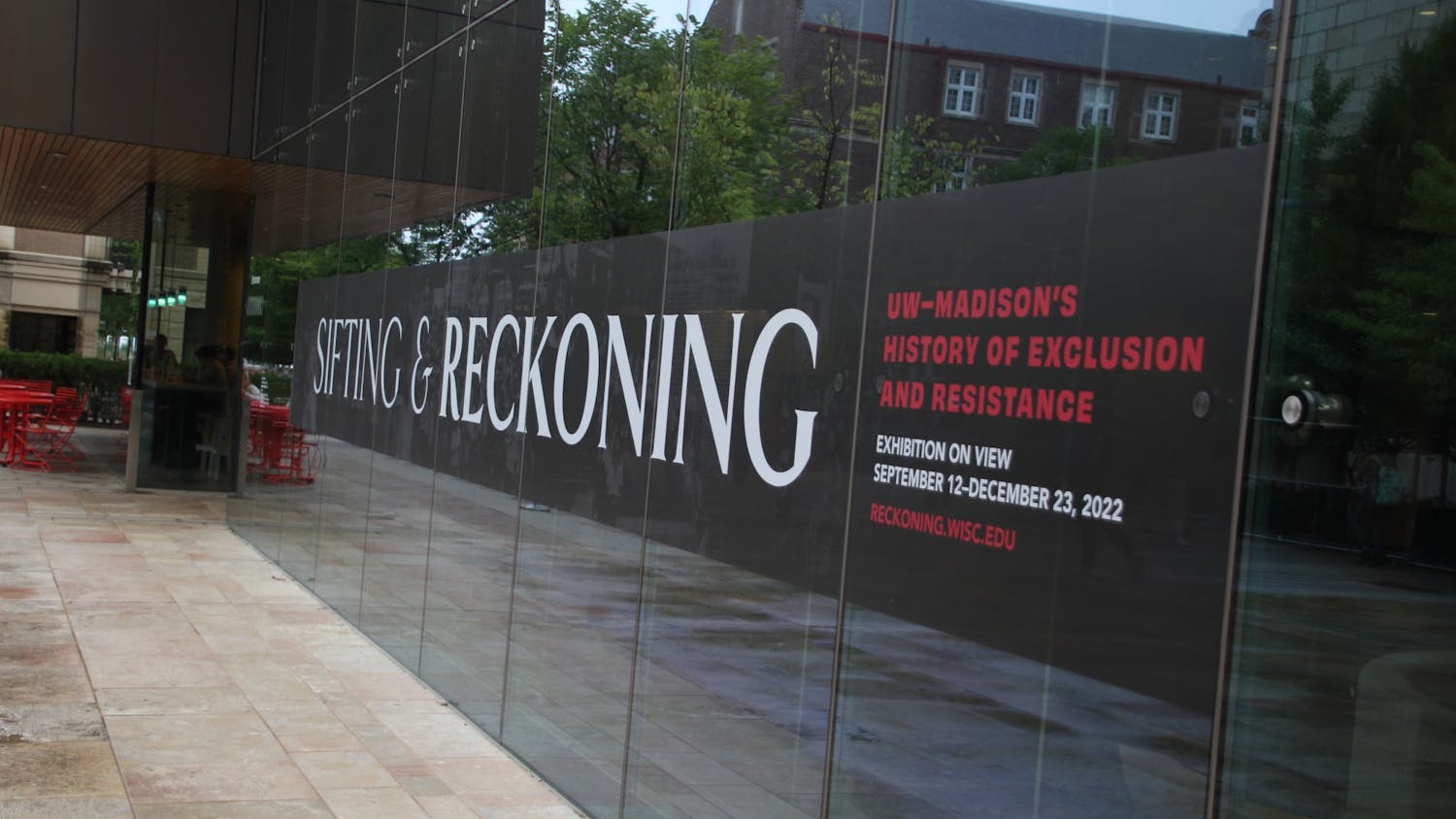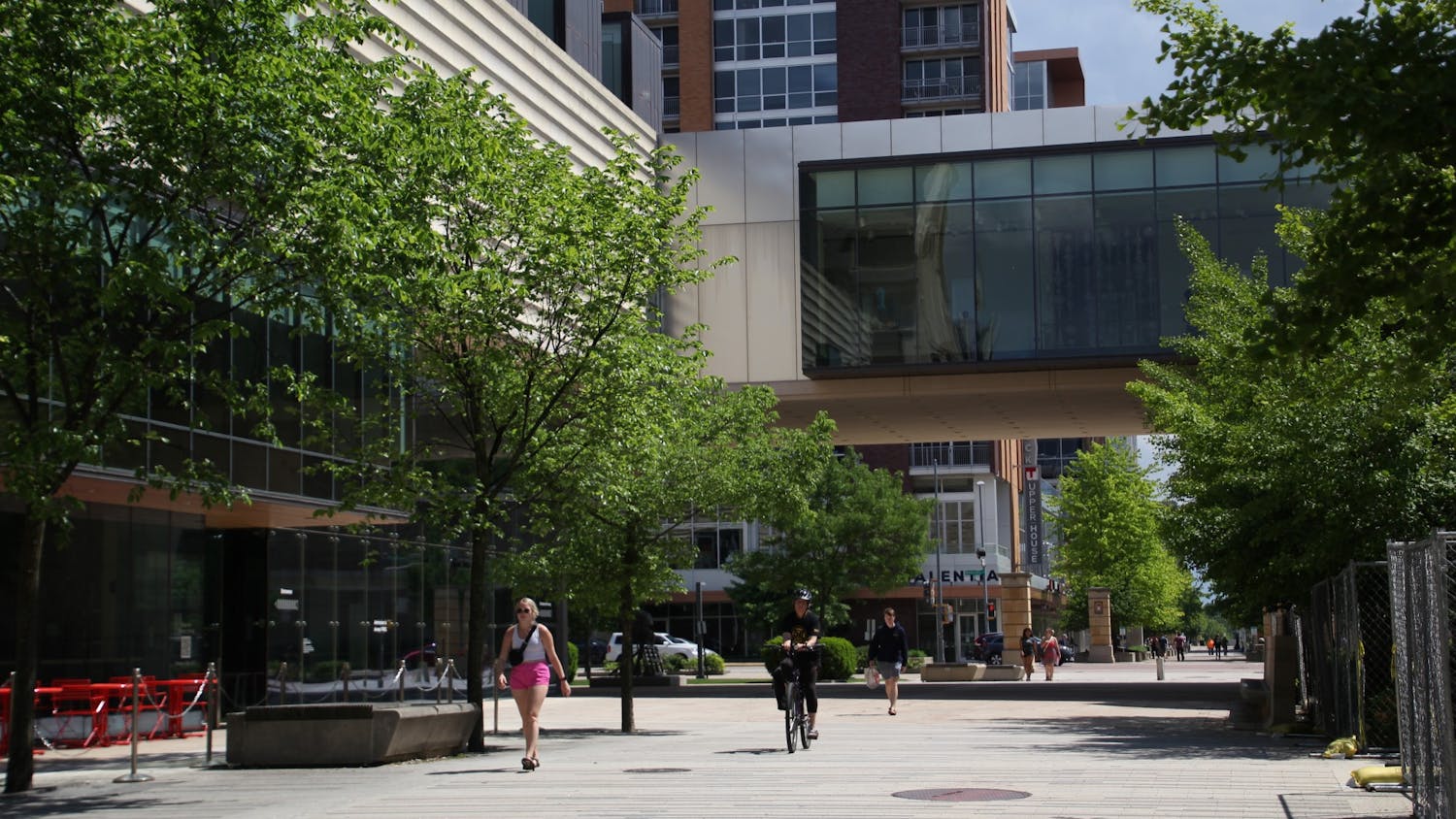Perhaps no college major inspires greater fear in the hearts of well-wishing parents than that of art. The very term “Art Major” arouses imagery of the delicate Narcissus smoking cigarettes in a dark corner and listing to Ani DiFranco on a record player. But the stigma extends beyond the collegial: is a serious career in art plausible? In a field that supposedly values aesthetics over marketability, are even its most skilled practitioners condemned to a life of Raman and broken stencils?
Paul Klein, founder of Klein Artist Works in Chicago, would answer yes to the former, and a resounding no to the latter. The art advocate and former gallery owner spoke to a healthy crowd on Friday afternoon, part of two-day symposium on the future of printmaking at the Chazen Museum.
The event, held in celebration of Tandem Press’ 25th anniversary, featured an array of showcases and speaking events on everything from the role of new technology to marketing techniques for young artists.
Klein focused his remarks on the need to reject the self-defeating stereotype of the young, starving artist: “Every single artist can succeed … forget the self-pity.”
To do so, however, Klein noted that focusing on the production of one’s art is no longer sufficient; in addition to creating distinctive and high-quality products, young painters have to market both themselves and their work.
Klein added that “30 percent of an artist’s efforts should be spent on planning their careers,” a comment that induced questioning glances and guilty groans from much of the audience. Indeed, is this not counterintuitive? Self-promotion is associated with the realm of business and entrepreneurship, not art—did Diego Velázquez have an elevator speech?
Cory Linsmeyer, an MFA student at UW-Madison, attended Klein’s lecture and acknowledged the paradoxical relationship between aesthetic beauty and career advancement: “If it’s too commercial, you can be perceived as not being as creative or married to your art … [as some might say:] Why are you trying to make something that just sells?”
And yet the need to think seriously about the financial viability of an art career is becoming increasingly apparent. A generation saddled with student debt and dubious career prospects can hardly afford to ignore the challenges of supporting oneself solely by artistic endeavors.
As freshman art major Ariel Wood noted, Klein’s emphasis on the business side of art was “extreme … but I appreciate the focus on the career aspect. So much of the concern is about money, and how to survive in order to make art.
But the prospects may not be so dark. As Klein noted, art sales remain extremely lucrative, particularly for talented street artists such as David Choe, Shepard Fairey and the pseudonymous Banksy. Richard Solomon and Jacob Lewis, President and Director of Pace Prints respectively, noted that such artists have been fueled by the Internet, allowing for the development of global audiences that exceed even Andy Warhol’s in regard to size and profitability.
But with such popularity has also come oversatur ation: If one were to stroll through any London market on a Sunday morning, one would be inundated with fake prints, t-shirts and coffee mugs stamped with the imagery of Banksy. A similar phenomenon has occurred with Fairey, whose iconic ‘HOPE’ image of President Barack Obama has invited innumerable doctored copycats online.
Thus the ease with which millions of people can create high quality imagery and attain publicity is a double-sided brush: It can both stifle and ignite the career of an aspiring young artist.
Such are the dilemmas facing young painters and illustrators. Arguably, the need to develop skills is equaled, if not bested, by the need to strategize one’s career. The risk, of course, is that artistic work (valued primarily for the aesthetic alone) is contaminated to address the very real and practical challenges of supporting oneself financially.
Art majors everywhere will have to balance these new necessities, and at the end of the day, that’s a good thing. For, as Klein concluded, “When artists put themselves out there, we all benefit.”





